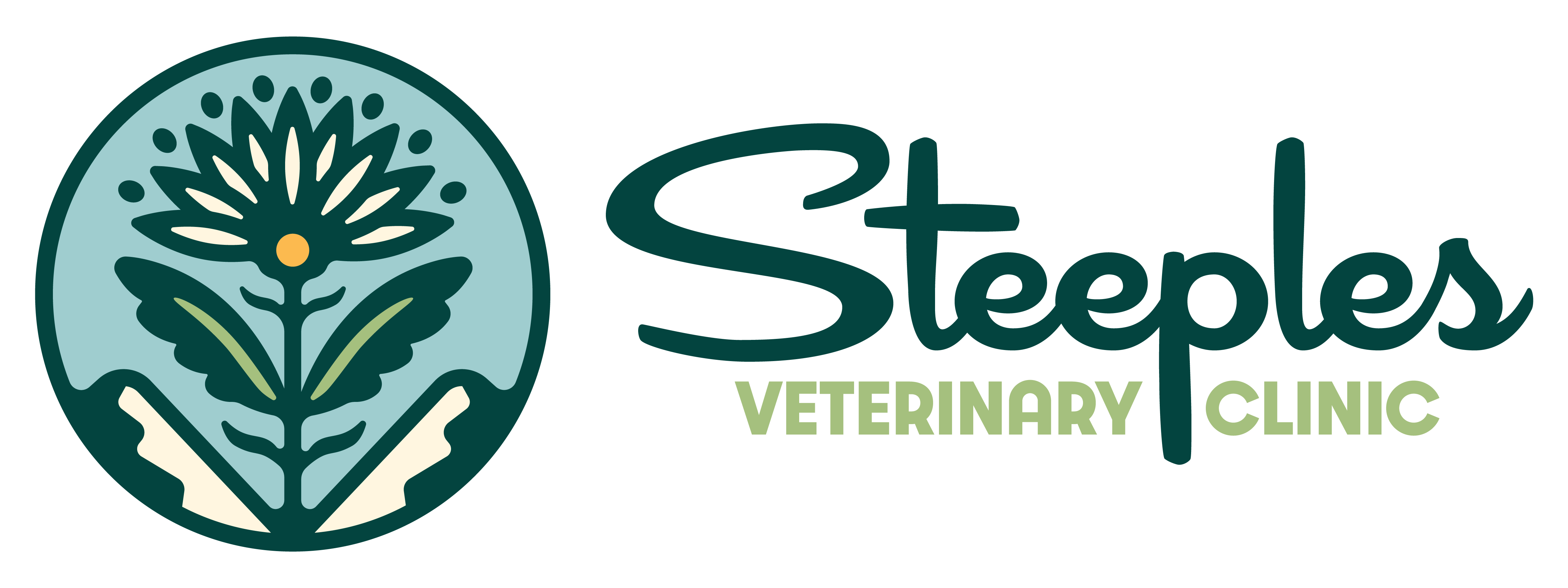“Is my cat fat? Or is he just fluffy?” “My dog is not fat, it’s her big-boned breed!” “My pet LOVES his treats and he would suffer greatly if I stopped giving them”. “She’s so fat and cute!”
As a veterinarian, I see fat pets every day. Sometimes it’s hard to let people know. Some people don’t want to hear the word “fat” or “obese”. If my priority is the health of your pet, then I am obliged to let you know.
I can try to say it in the kindest way possible, but it’s time to face the hard truth. Our pets are too fat. Recent studies suggest that up to 35 percent of dogs and cats in this country are just plain obese.
What’s wrong with being fat anyway?
- Obesity in dogs and cats is linked with arthritis and other painful joint problems.
- Obesity can lead to restrictive breathing disorders. It’s hard to breathe with a big layer of fat compressing around your lungs.
- Obesity in cats can lead to diabetes mellitus and a severe liver condition called hepatic lipidosis.
- Fat pets have an increased surgical and anaesthetic risk.
- Fat pets have a decreased life span.
Do you need any other reasons?
How did this happen?
As people become more sedentary in society in general, so do their pets. Animals, just like people, need to take in fewer calories than they burn off, or weight gain happens. Exercise is key to weight loss and weight control.
Some breeds have a genetic tendency toward obesity. This kind of obesity management takes special dedication and hard work.
Most pet food packages recommend feeding too much. We need to treat our cats and dogs as individuals, because one size does not fit all!
It’s so hard to say no to those big, sad eyes. We’ve created a habit with treats and over-feeding, and habits are hard to break.
“But she’s really hungry!” Sometimes it’s very difficult for you as a pet owner to accept that your dog or cat isn’t suffering from hunger when they beg for food.
We believe that loving our pets means feeding them or giving them a yummy high calorie treat. A greater expression of love would be to just pet them and give verbal praise, or to go for a walk or have play time for an hour.
Neutering or spaying your cat or dog can decrease his or her metabolism by up to 40%. You need to be aware of this and adjust calorie intake and exercise levels accordingly.
What’s the answer?
I think we’ve all heard it before many times for ourselves and the same goes for pets: A careful diet and enough exercise. Burn off more than you take in. Make it a habit and a lifestyle. Sorry for the boring repetition, but it’s true!
Understand body condition score. I sometimes think our society has come to accept too fat as the norm and the lean, ideal body weight as too “skinny”, “you can feel his ribs – that’s not right”.
To evaluate your pet, feel for a small amount of padding over the ribs. It should be possible to feel the ribs and there should be a small tuck in the belly where the hind legs meet the body. Sometimes it is hard to recognize that your pet is overweight as the weight gain has come on gradually or it is hard to actually accept that your pet is more than just a little chubby and is now fully obese.
Start with good health. Book your pet in for a veterinary check up and make sure there isn’t a health issue to blame for weight gain or reluctance to exercise.
Make exercise a habit. Pets love this. Dogs need to go for walks and runs. Cats love to play and chase toys. There are many programs and interactive toys available. Be creative and let exercise become a part of your pet’s day.
Feed meals at set times. Take control over what your cat or dog eats.
Feed puppies three times a day and adults two times a day; cats can graze, but make sure you know how much they’re eating each day: set out a daily amount and that’s it.
Be aware of what is being eaten and how much.
Weigh-in regularly: this can be motivating, and it also allows you to make sure the weight loss is not too fast. Pets should lose no more than 2% of their body weight per week.
Chose the right diet.
- Talk to your veterinarian! Therapeutic diets are carefully designed to work toward weight loss in a controlled manner, and not just to prevent wt. gain. Some of these foods are specifically engineered for that cat or dog who thinks she’s starving all day long – the diet provides a feeling of fullness and satisfaction.
- Talk to the support staff at your veterinary hospital about a weight loss program available that provides coaching and help.
- There are low calorie treats available, and you can also offer limited amounts of watery vegetables like celery, cucumbers, and lettuce. Be careful of many treats off the table as they are full of carbohydrates and fat. Remember that ALL treats add up and contribute to the daily caloric intake.
I know it’s hard. I know it’s not fun. But don’t give in to discouragement. Your pet can reach a healthy weight!

